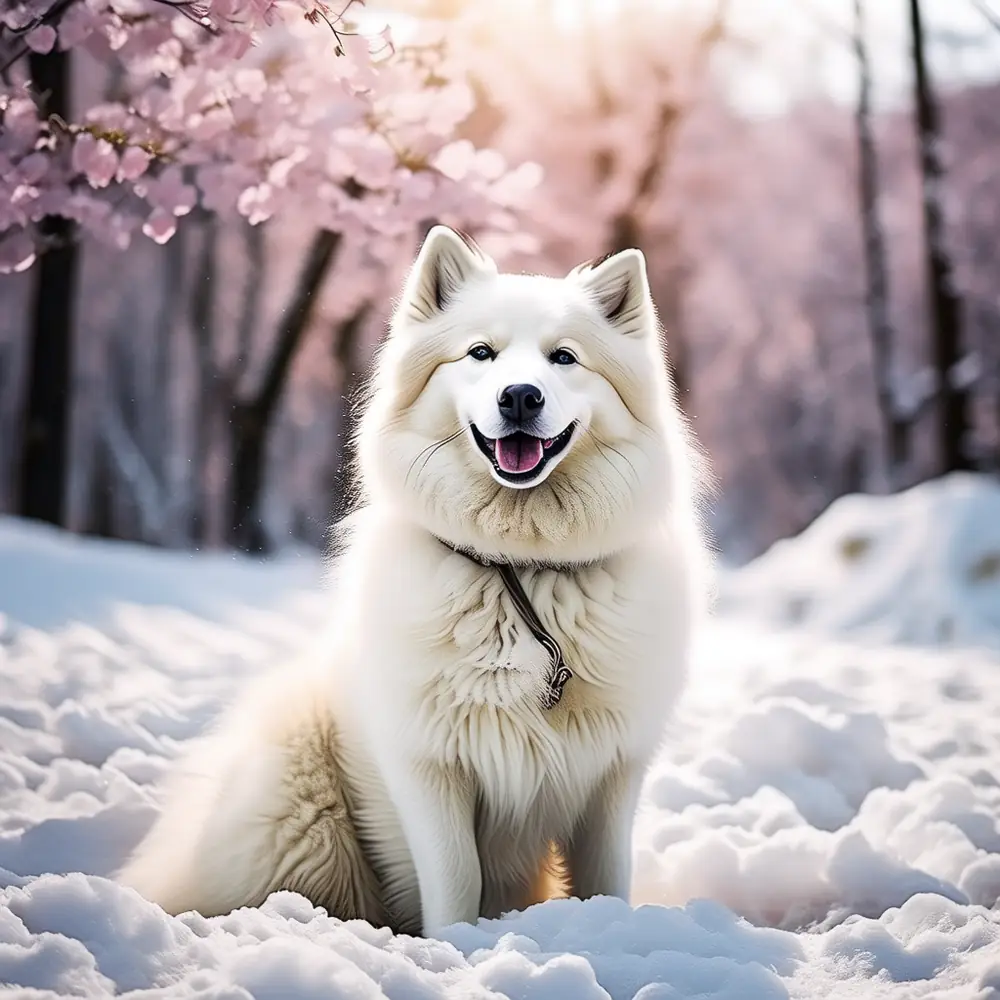Decode the Wags and Whines: Your Guide to Dog Body Language
Understanding your dog's body language is like cracking a secret code. It’s not just about knowing when they’re happy or sad; it’s also about recognizing signs of stress, fear, or even aggression. This knowledge can help you build a stronger bond with your canine friend and ensure their well-being. Imagine being able to tell if your dog is feeling anxious at the vet or if they’re just excited to see another dog at the park. Let’s dive into the world of tail wags, ear positions, and more!
One of the most common signals is the tail wag. A high, stiff wag often indicates alertness or potential aggression, while a low, loose wag usually means your dog is relaxed and happy. For example, if you notice your dog’s tail is high and stiff when meeting a new person, it might be a sign that they’re feeling unsure or defensive. On the other hand, a low, sweeping wag during playtime is a clear sign of joy and contentment.
Ears are another key indicator. Ears that are forward and up typically show interest or excitement, such as when your dog hears the sound of a treat bag. Conversely, ears that are pinned back can indicate fear or submission. If your dog’s ears are flattened against their head, it might be a good time to give them some space or remove them from a stressful situation. For instance, if your dog’s ears go back when a stranger approaches, it could mean they’re feeling nervous and need some reassurance.
Body posture is also crucial. A relaxed, loose body with a slightly open mouth and a soft gaze usually means your dog is at ease. However, if your dog’s body is tense, with a closed mouth and a hard stare, they might be on high alert or feeling threatened. For example, if your dog stands rigidly with a closed mouth and a direct, intense stare, it’s a sign that they might be ready to react defensively. In this case, it’s best to avoid sudden movements and give them a chance to calm down.
Finally, let’s talk about the mini caution: don’t assume that a wagging tail always means happiness. As we mentioned earlier, a high, stiff wag can be a sign of agitation. Misinterpreting this signal can lead to misunderstandings and potentially unsafe situations. Always consider the context and the overall body language of your dog.
- Pay attention to the tail position and wag style to gauge your dog’s mood.
- Watch the ears for signs of interest, fear, or submission.
- Observe the body posture for tension or relaxation.
- Consider the context and the environment to better understand your dog’s behavior.
- Be cautious of high, stiff tail wags, as they can indicate agitation rather than happiness.
By becoming fluent in your dog’s body language, you’ll be better equipped to respond to their needs and emotions, making both of your lives happier and more harmonious. Happy decoding!
